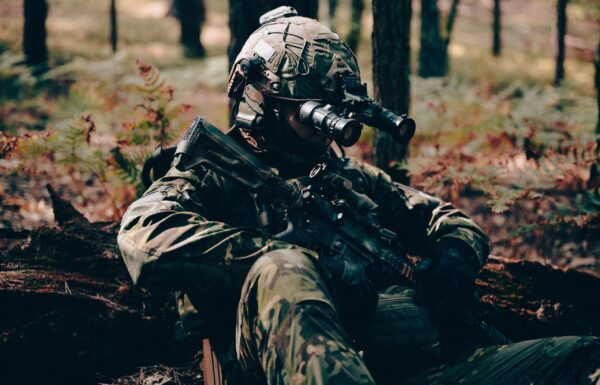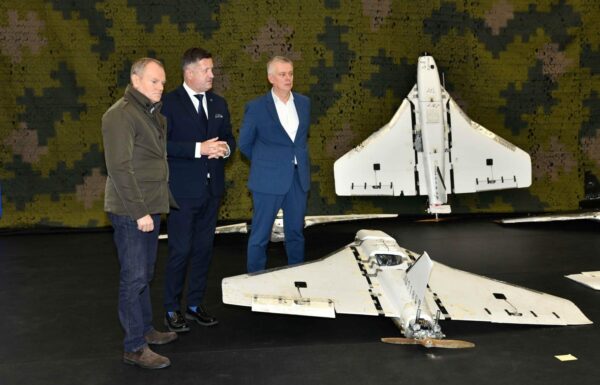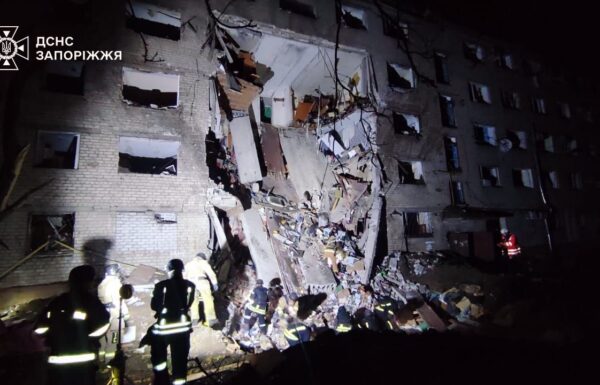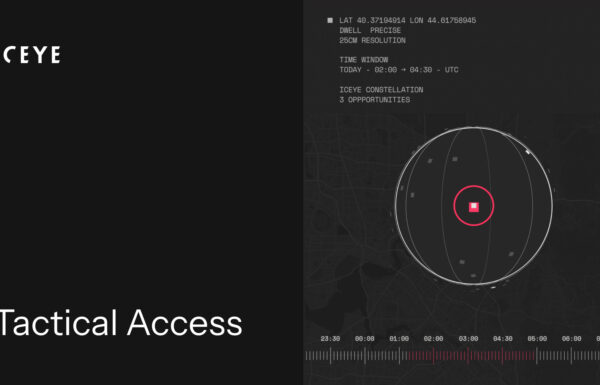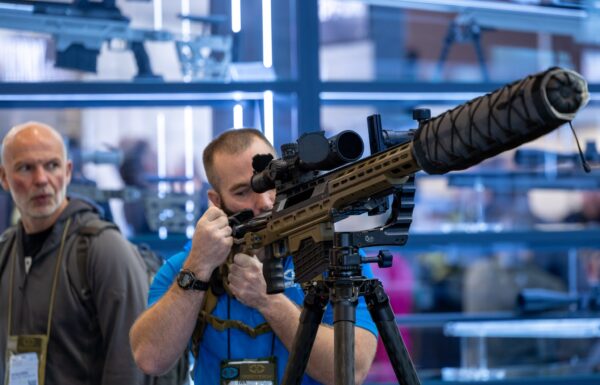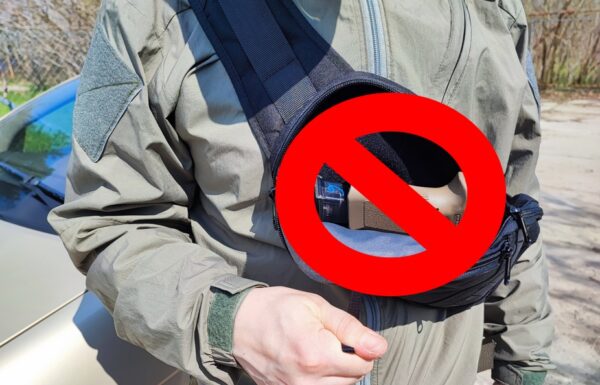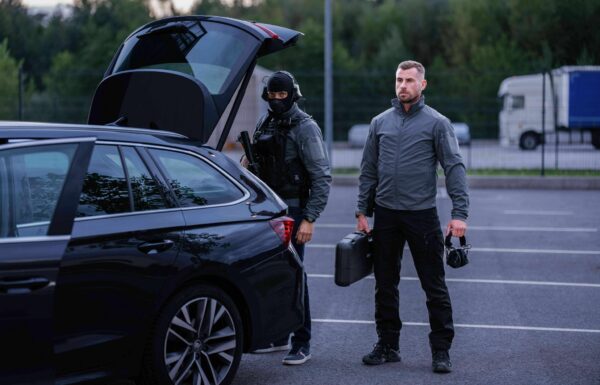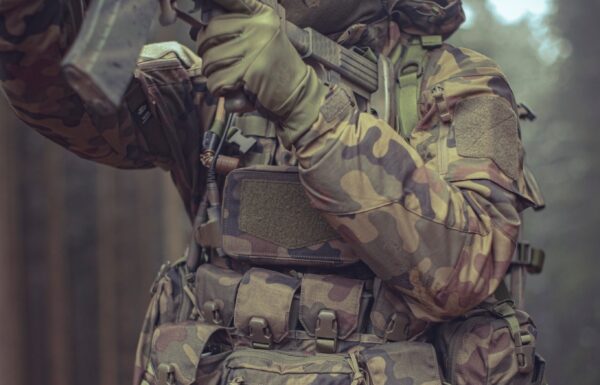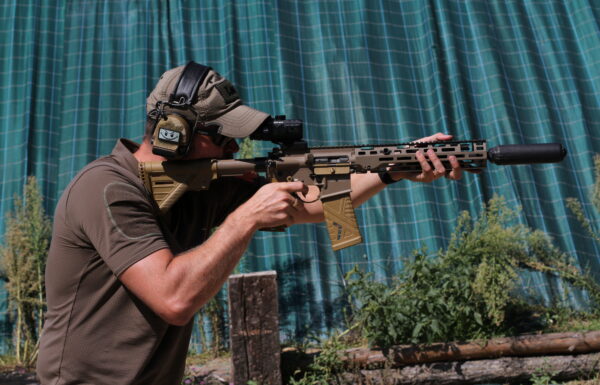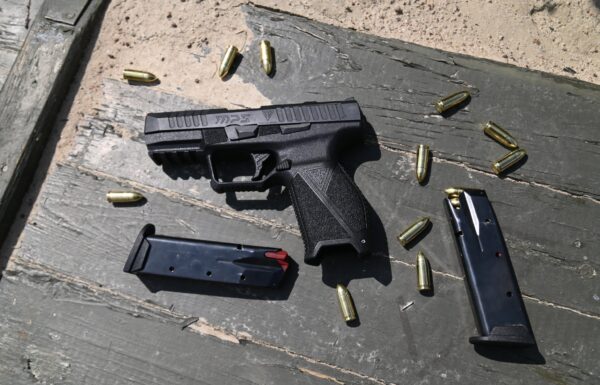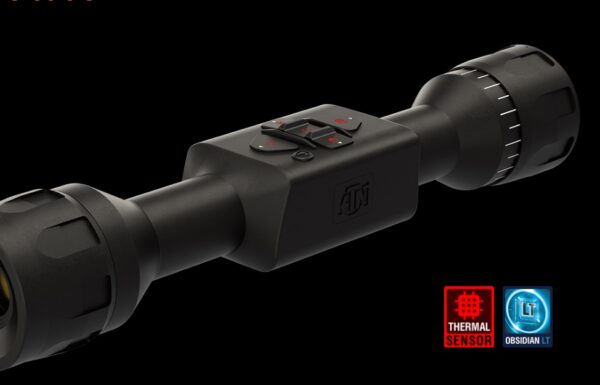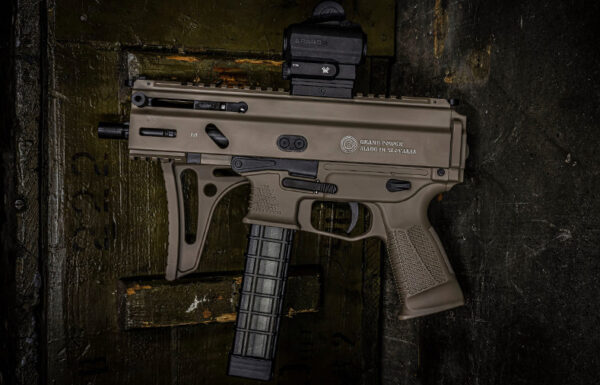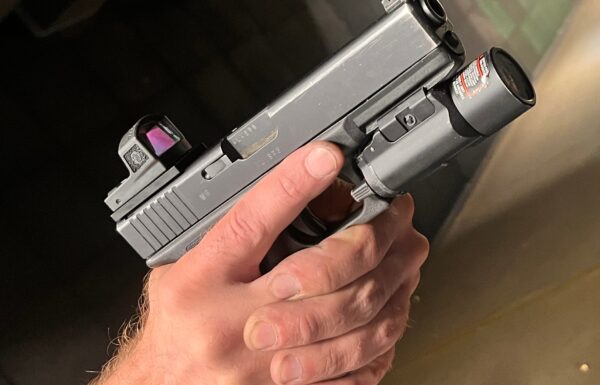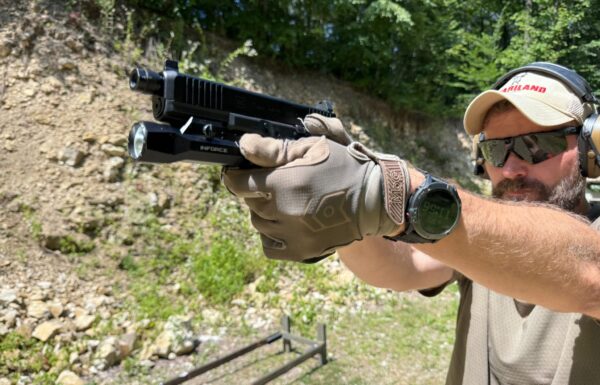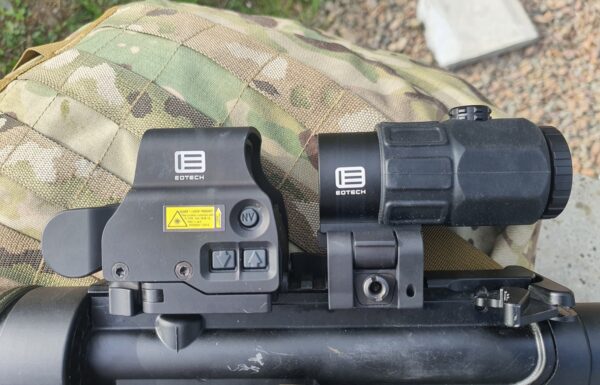The Pandur 8×8 EVO is a highly developed version of the Pandur II. It is the result of cooperation between Tatra Defence Vehicle and GDLS-Steyr GmbH. The vehicle was designed in accordance with NATO Generic Vehicle Architecture (NGVA) requirements, as defined by STANAG 4754. The new vehicle has been tailored to meet the requirements of the Czech Armed Forces (Armáda České Republiky) as well as an undisclosed customer. Taking into account lessons learned from the ongoing war in Ukraine, the vehicle has been equipped with the UT30MK2 unmanned turret, manufactured by Elbit Systems, which additionally features the Iron Fist active protection system.
 In 2015, Tatra Defence Vehicle obtained a license from GDELS for the production and modernization of the Pandur II armored personnel carrier (APC)
In 2015, Tatra Defence Vehicle obtained a license from GDELS for the production and modernization of the Pandur II armored personnel carrier (APC)
As Radomir Smolka, Director of Research and Development at Tatra Defence Vehicle, told the MILMAG Editorial Team, compared to the Pandur II, the weight of the new vehicle has increased from 22.5 tons to 25 tons. This is due to the enhanced level of armor protection. The Pandur EVO features a redesigned V-shaped hull profile, providing mine protection at level M3a/M3b and ballistic protection at level 4 in accordance with STANAG 4569. Additionally, the manufacturer guarantees protection against improvised explosive devices (IEDs) weighing up to 50 kg or against the detonation of a high-explosive fragmentation artillery shell at a distance of 5 meters. To compensate for the increased weight, the vehicle is equipped with a 405 kW (550 hp) Cummins engine. The engine can be replaced in no more than two hours.
 View of the troop compartment. The vehicle carries a three-person crew (commander, gunner, and driver) and seven dismounted soldiers
View of the troop compartment. The vehicle carries a three-person crew (commander, gunner, and driver) and seven dismounted soldiers
The Pandur 8×8 EVO is equipped with a range of systems designed to enhance situational awareness and crew survivability. The remotely operated turret is controlled via two consoles located inside the vehicle. Additionally, the commander is equipped with the Iron Vision system, integrated with external cameras, allowing 360-degree observation around the vehicle. The commander’s station also includes a battlefield management system (BMS) terminal. Communication and data exchange are provided by three L3Harris radios. Interestingly, internal data exchange within the vehicle is handled by the RF-7800I digital intercom, a licensed version of the FONET system developed and produced by the WB Group.
 Digital intercom terminal, a licensed version of the FONET system manufactured by the WB Group
Digital intercom terminal, a licensed version of the FONET system manufactured by the WB Group
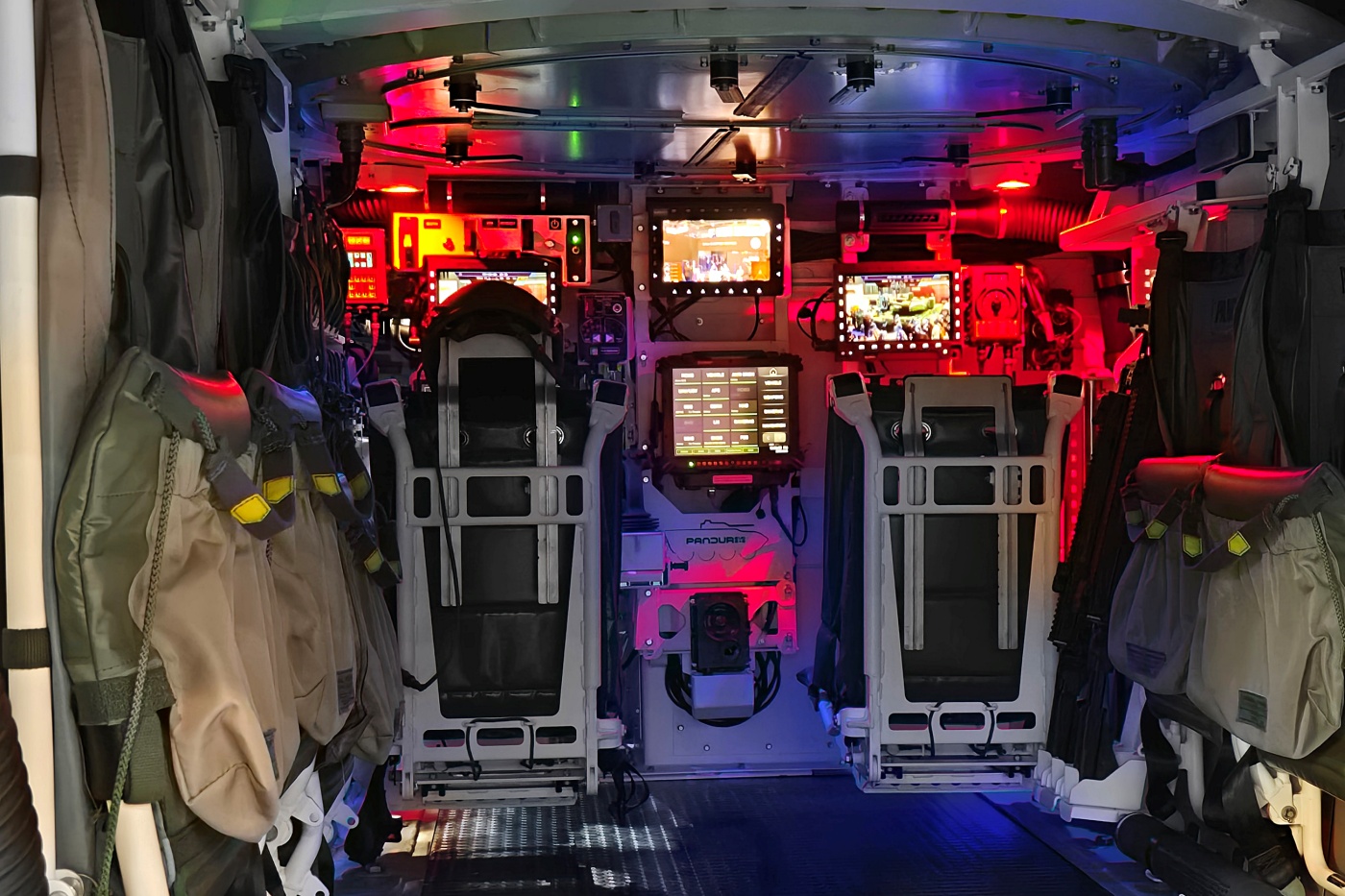 The commander’s station (on the left) and the gunner’s station (on the right). Noteworthy are the two central screens. The upper screen, in high resolution, displays the image from the day/night electro-optical sight, integrated with software using elements of artificial intelligence that identifies potential targets in real time. The lower touchscreen allows the operator to manage key vehicle systems such as weaponry and defensive systems, as well as monitor critical parameters. Below is a speaker console, a licensed version of the CZS-2GM panel, which is part of the FONET system.
The commander’s station (on the left) and the gunner’s station (on the right). Noteworthy are the two central screens. The upper screen, in high resolution, displays the image from the day/night electro-optical sight, integrated with software using elements of artificial intelligence that identifies potential targets in real time. The lower touchscreen allows the operator to manage key vehicle systems such as weaponry and defensive systems, as well as monitor critical parameters. Below is a speaker console, a licensed version of the CZS-2GM panel, which is part of the FONET system.
The Pandur EVO is armed with an unmanned turret from Elbit, equipped with a 30 mm MK44S Bushmaster II automatic cannon and a 7.62 mm FN MAG machine gun. Additionally, a launcher for a pair of SPIKE LR2 anti-tank guided missiles (ATGMs) can be mounted on the turret. The weapon systems can be reloaded from inside the vehicle, allowing the crew to replenish ammunition for the cannon and machine gun without exposing themselves. Only the missile launcher requires external access for reloading. Additional ammunition is stored in the troop compartment, behind the commander’s station.
 As Radomir Smolka informed the MILMAG Editorial Team, the turret for the Pandur EVO is to be assembled and installed at Tatra’s facilities in the Czech Republic / Photos: Jakub Link-Lenczowski, MILMAG
As Radomir Smolka informed the MILMAG Editorial Team, the turret for the Pandur EVO is to be assembled and installed at Tatra’s facilities in the Czech Republic / Photos: Jakub Link-Lenczowski, MILMAG
The Pandur EVO is designed to be fully adapted to the requirements of both current and future battlefields, including threats posed by the growing use of unmanned platforms. Protection against drones is to be provided by three systems: the Iron Fist active protection system, which will be adapted to counter loitering munitions; a 30 mm cannon capable of firing programmable airburst ammunition; and two jamming systems. The latter are also intended to prevent the detonation of improvised explosive devices (IEDs).
The Pandur 8×8 EVO measures 7,880 mm in length, 2,730 mm in width, and 3,550 mm in height. Its modular design allows it to be configured as a wheeled infantry fighting vehicle, command vehicle, self-propelled mortar, recovery vehicle, mobile air defense platform, or communications vehicle. Thanks to its integrated communication systems, it can operate in coordination with unmanned ground vehicles and is capable of deploying and controlling loitering munitions.









